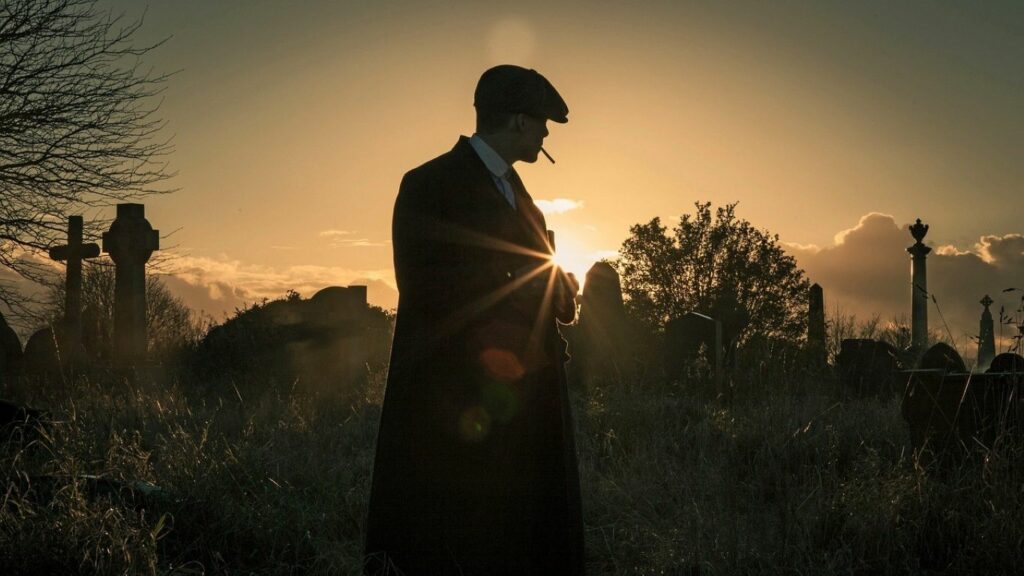An investigation led by the Tobacco Control Unit of IDIBELL-ICO has analysed the presence of tobacco-related images in television programmes during prime time in Spain.
The research, recently published in the scientific journal Tobacco Induced Diseases, reveals a worrying exposure of young audiences to tobacco-related television content that contributes to the normalization of tobacco consumption and increases the risk of initiation.
This study is the first in Spain to estimate the population impact of this type of content, calculating the number of impressions generated, that is, the total number of times viewers have been exposed to tobacco-related images.
Young audiences are exposed to tobacco-related content
The study analyzes more than 63,000 minutes of programming from 18 channels during 2021. The results show that 2.4% of the time analysed contained tobacco-related images, which translates into 8.5 million impressions among viewers aged 4-24.
These figures show that, although the presence of images of tobacco seems apparently low, the number of impressions for young audiences is very high. “This massive exposure can influence young people’s perception of tobacco use, normalizing it and increasing the risk that they will start smoking,” warns Dr. Armando Peruga, an expert in smoking, first author of the study and principal investigator of the Tobacco Control Research group at IDIBELL-ICO.
Child Protection Hours
Although the presence of tobacco images decreases during child protection hours, the researchers detected 470 tobacco-related images during these hours, which generated 15.6 million impressions during that time. In addition, many children still watch television outside of these hours, thus exposing themselves to a much higher prevalence. “Children are not completely protected from this type of content. Protection measures must be reinforced,” says Dr. Peruga.
This study highlights the urgent need to review the regulatory and control measures on the presence of tobacco products in the audiovisual media to avoid the normalization of a product harmful to health.
The Bellvitge Biomedical Research Institute (IDIBELL) is a research centre created in 2004 and specialising in cancer, neuroscience, translational medicine and regenerative medicine. It has a team of more than 1,500 professionals who, from 73 research groups, publish more than 1,400 scientific articles a year. L’IDIBELL is participated by the Bellvitge University Hospital and the Viladecans Hospital of the Catalan Health Institute, the Catalan Institute of Oncology, the University of Barcelona and the City Council of L’Hospitalet de Llobregat.
IDIBELL is a member of the Campus d’Excelencia Internacional of the University of Barcelona HUBc and is part of the CERCA institution of the Generalitat de Catalunya. In 2009 it became one of the first five Spanish research centres accredited as a health research institute by the Carlos III Health Institute. In addition, it is part of the HR Excellence in Research program of the European Union and is a member of EATRIS and REGIC. Since 2018, IDIBELL has been an Accredited Centre of the AECC Scientific Foundation (FCAECC).

